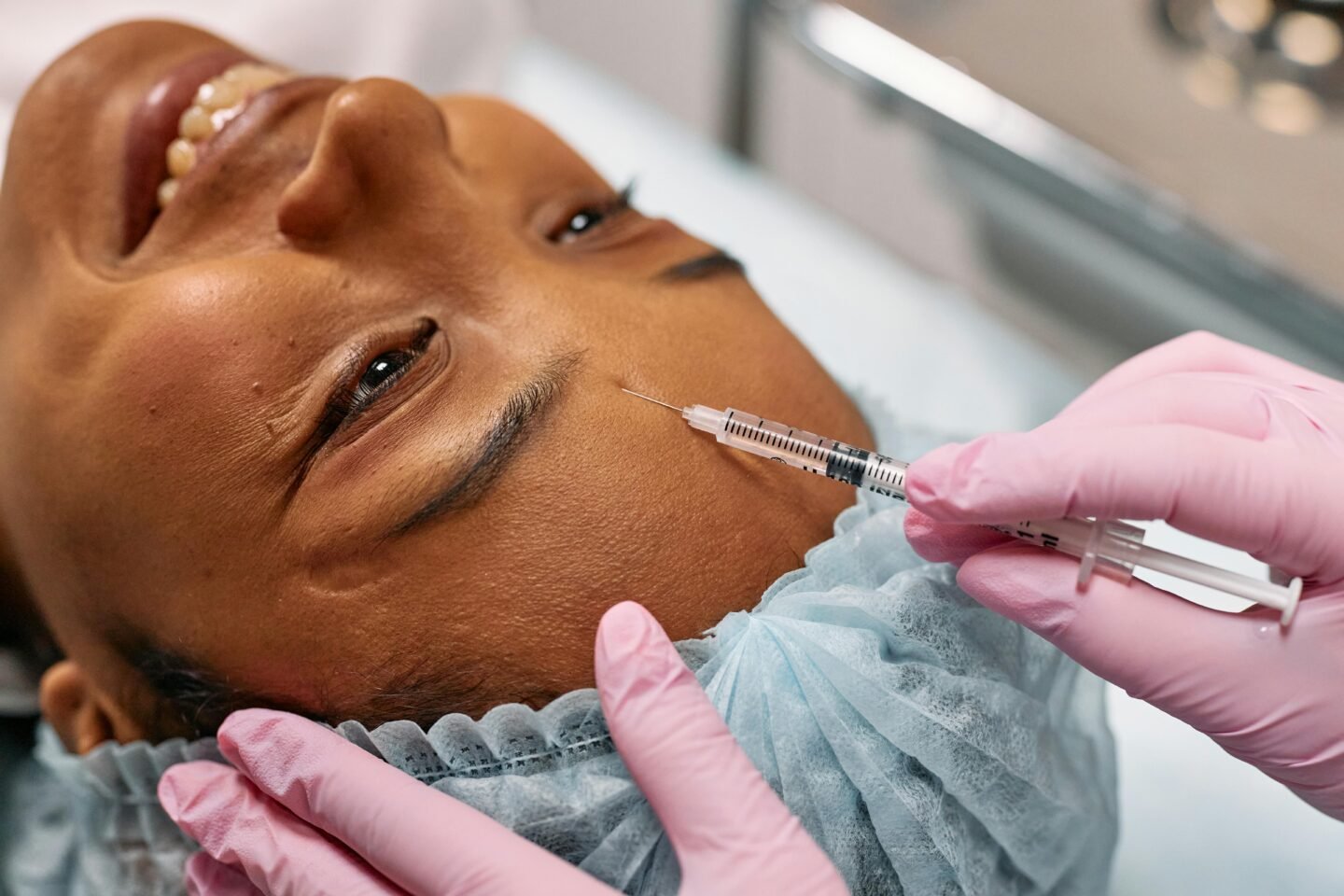
Non-Surgical Treatment Options for Varicose Veins
Varicose veins are enlarged and twisted veins that can cause discomfort or cosmetic concerns for many adults. These veins often appear on the legs and result from weakened or damaged valves. While some view this vein condition as a minor problem, others may experience pain, swelling, or aching sensations. Non-surgical approaches are available for managing unsightly veins, offering alternatives to invasive procedures.
What Are Varicose Veins?
Varicose veins develop when the valves in your veins fail to function properly. Veins carry blood back to the heart, and these valves prevent blood from flowing backward. When damaged, blood can pool in the veins, causing them to become swollen, discolored, and visible just beneath the skin.
This condition is more common in the legs due to the increased pressure caused by standing and walking. Many factors may contribute to bulging veins, such as age, genetics, obesity, pregnancy, and long periods of standing or sitting. Although they may not always require medical intervention, they can be uncomfortable for some individuals.
Varicose veins can cause symptoms like aching legs, swelling, heaviness in the limbs, and itching around the affected area. Some people seek treatment to alleviate discomfort and pain. Others opt for treatment to enhance the cosmetic appearance of their legs.
What Are Non-Surgical Treatment Options?
Non-surgical treatments for varicose veins are safe, effective, and widely used, offering a great alternative to surgical procedures for those seeking shorter recovery times. Compression stockings are a common option, applying gentle pressure to the legs to improve blood flow and reduce swelling. These are often recommended for mild cases or used alongside other treatments to enhance results.
Sclerotherapy is another popular non-surgical approach, particularly for small to medium-sized veins. In this procedure, a healthcare provider injects a solution into the affected vein, causing it to close. Over time, blood is rerouted through healthier veins, and the treated vein is naturally absorbed by the body, leading to noticeable improvement.
Laser therapy is a minimally invasive option that uses concentrated light beams to heat and seal off affected veins, making it ideal for smaller, surface-level varicose or spider veins. This procedure typically causes little discomfort, and patients can often return to daily activities immediately. Together, these non-surgical treatments provide effective solutions tailored to a variety of cases, allowing individuals to manage varicose veins with minimal disruption to their lives.
What Are the Risks and Benefits of These Procedures?
Non-surgical treatments for varicose veins offer several benefits, making them a popular choice for many. The biggest advantage is the reduced recovery time, as most procedures are performed on an outpatient basis with little to no downtime. Options like compression stockings are low-cost and easy to integrate into daily routines. Treatments such as sclerotherapy and laser therapy are highly effective at improving both the appearance and symptoms of varicose veins with minimal discomfort.
Non-surgical treatments do come with some limitations and risks. Compression stockings may not be suitable for individuals with certain circulation issues, while sclerotherapy can cause temporary side effects like bruising, redness, or itching around the injection site. Laser therapy is generally safe but might result in skin irritation or discoloration, particularly for people with sensitive skin.
Treatment plans are often tailored to each individual, taking into account their medical history and specific condition. Consulting with a healthcare professional is helpful to determine the most suitable option for your needs. By weighing the benefits and potential risks, you can make an informed decision about which approach addresses your varicose veins effectively and safely.
Take the Next Step Toward Relief
Varicose veins can impact both comfort and confidence, but non-surgical treatments offer hope. From compression stockings to advanced techniques like sclerotherapy and laser therapy, these options effectively address symptoms and improve appearance with minimal downtime. If you’re exploring ways to manage vein conditions, consult a qualified healthcare provider to discuss your options further. Taking that first step can help you regain confidence and comfort in your daily life. Connect with a specialist today to learn how non-surgical treatments could make a difference for you.
